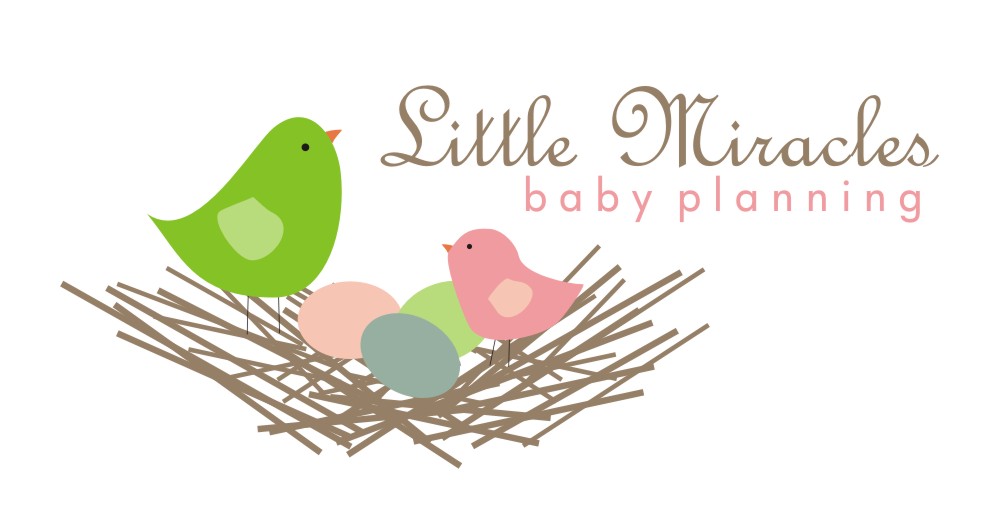
The Canadian Partnership for Children’s Health and Environment released some amazingly helpful tips for parents who want to decrease toxic chemical exposure but aren’t quite sure where to start.
1. Bust That Dust
House dust is one of the main sources of children’s exposure to toxic substances, most of which come from normal wear-and-tear on consumer products.
- Clean with a good quality vacuum, or simply a damp cloth or wet mop. (Dry dusting just circulates the dust back into the air.) Vacuum or wet-mop once a week; twice a week if you have a crawling child.
- Take your shoes off at the door to minimize the amount of dirt brought inside. Use washable entrance mats, and launder them separately from clothing.
- Reduce the amount of dust in the home by minimizing clutter and by storing toys in closed containers.
- Helpful resources:
- What’s on the Menu Today? CPCHE flyer on toxic chemicals in dust
- Child Health and the Environment – A Primer (see section on Indoor Air and Dust, page 65, and more dustbusting tips on page 101)
- Safe Renovations: Introduction – part of the CPCHE safe renovations fact sheet series
- Playing it Safe: Carpets
2. Go Green When You Clean
- Wash your hands often, using regular soap and warm water: doctors recommend against using antibacterial soaps.
- Use non-toxic cleaning products. Baking soda is a good scouring powder for sinks and tubs, and vinegar mixed with water works well for windows, surfaces and floors.You don’t need to use bleach for most cleaning tasks.
- Don’t use air “fresheners.” Also, choose fragrance-free laundry detergents, and avoid using dryer sheets. The fragrances (or “parfum”) in these products can contain potentially harmful chemicals.
- Avoid dry cleaning, or find a cleaner that uses non-toxic methods. closed containers.
- And, of course, keep all cleaners and other household chemicals out of the reach of children.
- Helpful resources:
- Child Health and the Environment – A Primer (see p. 105 for toxic reduction tips related to cleaning and personal care products)
- Buying Products for the Child Care Centre fact sheet (includes advice on cleaning products)
- Your Child’s Skin May Act More Like a Sponge Than a Shield flyer addressing fragrance and other potentially harmful substances in personal care products
- Playing it Safe: Carpets
3. Get Drastic with Plastic
- Don’t use plastic containers or plastic wrap in the microwave, even if the packaging says “microwave-safe.” Harmful chemicals can move from the plastic into food and drinks.
- Store food in glass or ceramic containers, rather than plastic.
- When heating milk, use a non-plastic container. When the liquid has cooled to lukewarm, transfer it to bottles.
- Eat fresh or frozen foods whenever possible to reduce exposure to BPA, a chemical used in the lining of most food and drink cans.
- Avoid teething toys, bibs, bath toys, shower curtains and other items that contain PVC or vinyl (a type of soft plastic). These items can contain harmful chemicals called phthalates, which were banned in children’s toys in June 2011.
- Helpful resources:
4. Renovate Right
- Children and pregnant women should stay away from areas being renovated, to avoid being exposed to potentially harmful substances.
- Control and contain all dust. Seal off the rest of the house from the renovation site with plastic sheeting and duct tape and close heating and cooling vents. particularly in older homes (built before 1978), renovation dust can contain high levels of lead, which is toxic to the developing brain.
- Choose less toxic paints, finishes and glues. Look for products labeled “VOC-free,” “zero-VOC” or “low-VoC.” open the windows and use fans to bring in fresh air during and after use of these products.
- Keep your work clothes and shoes in a separate hamper, or in a shed or garage. wash them separately from other laundry.
- Helpful resources:
5. Dish Safer Fish
- Choose varieties of fish that are low in mercury, a chemical that is harmful to the brain. Healthier choices include atlantic mackerel, herring, rainbow trout, wild or canned salmon, and tilapia.
- If you eat canned tuna, look for “light” varieties, as these are lower in mercury than albacore or “white” tuna.
- If you catch sport fish in local waters, check your province’s or territory’s advisories to see whether it is safe to eat.
- Helpful resources:
- Child Health and the Environment – A Primer (see sidebar “Fish Advisories: Limiting Methylmercury Exposure” on pages 60-61)
See? You can do it! CPCHE’s tips align perfectly with our mission of helping you navigate the overwhelming world of the most worrisome toxic chemicals one simple step at a time. Small changes make for big results in this world of little exposures that pile up to affect your body burden.
>> Download the full brochure “Creating Healthy Environments for Kids” for more great info.

.png)




No comments:
Post a Comment